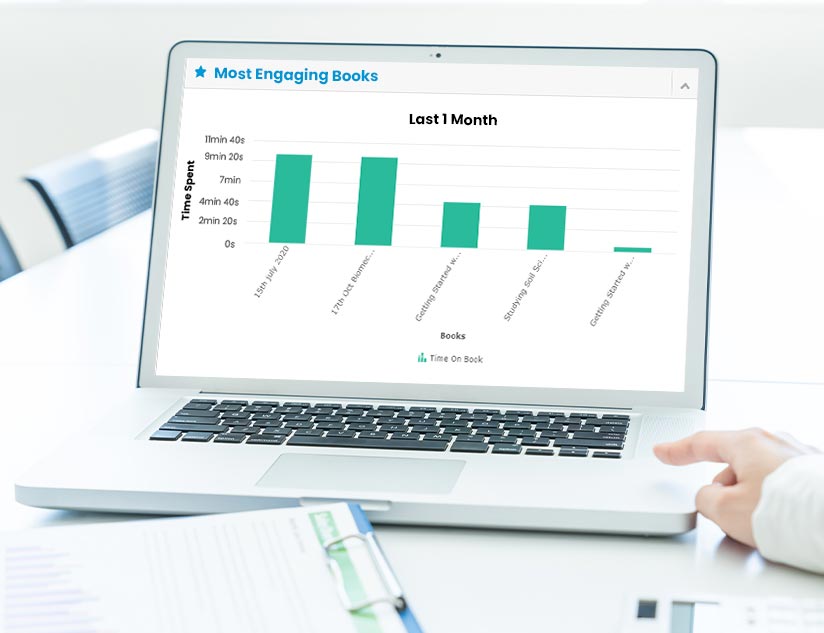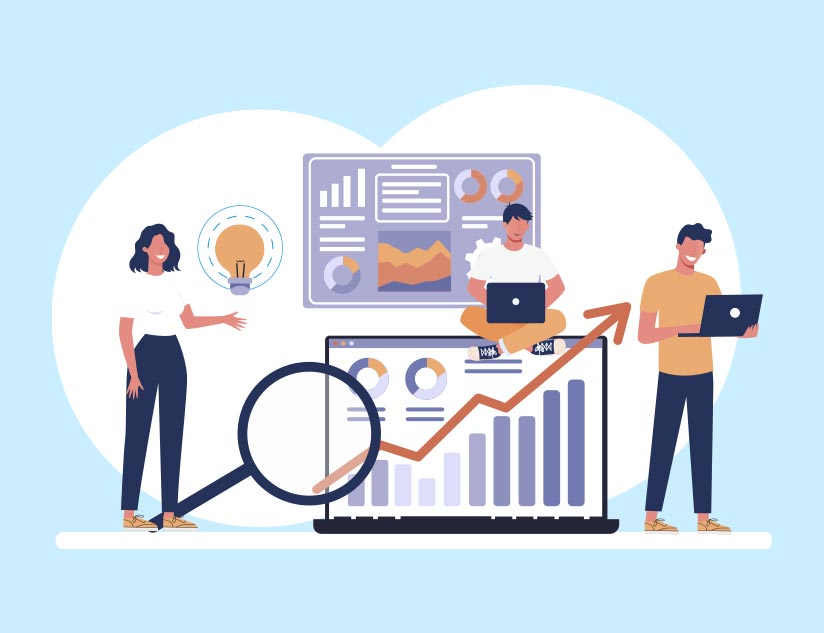User Learning Analytics
March 30th, 2017
Data Gathering and Analysis
For years, schools have been collecting data and maintaining records. It ranges from grades to attendance, test scores, to student medical information, and other similar data. However, this information is generally underutilized by most educational organizations.
What most people don’t know is that the amount of data that’s currently on the planet is set to grow from 4.4 zettabytes, to 44 zettabytes – that’s a ten-fold growth in worldwide data. With the ever-increasing amount of data on a daily basis, there need to be better systems that can collect, organize and analyse data. Another staggering piece of information that reveals the need for data and analytic programs is that by 2020, the amount of information produced by machines and the internet will only account for 10% of all the data on earth.
With the development of technology that allows schools and educational institutes to gather data and analyze it better, there has been a marked growth in content analysis systems as well. The biggest advantage here is that this data obtained from students could also be used to help them.
Underutilization of Learner Data
Several schools and universities have recorded and analyzed a wide range of learner data, which includes factors, such as student location, previous schools attended by an individual, health issues, attendance records, past grades, future predictions about performance, sporting achievements, parental information, and so on.
Evidently, there is no dearth of data – but there is a notable lack of the usage of this data. Apart from a yearly student report, institutes rarely use this data for other purposes, even though the possibilities of analysis are endless. For perspective, a simple analysis of existing student data can reveal students who are in need of additional coaching. Another key area that universities and schools generally overlook is social interactions on networks, such as Facebook, Twitter, blogs, and similar social sites. The data that institutes usually tend to gather does not even come close to the scale of analytics opportunities that exist in the social networks that students regularly use.
How does Learning Analytics help?
The requirement here is the gathering and analysis of student data on a much broader scale. In addition to this, there is also the need to leverage social interactions and factor that data into what schools and universities already have, to effectively aid students.
In terms of analytics, or even educational data analysis, there is a growing externalization of learning activity – capturing how learners are interacting with content, and the discourse that they have around learning materials – which is driven by an increased emphasis on online education. One examples of analytics engine is MagicBoxTM (www.getmagicBox.com), which capture an extensive amount of data, including time spent on each page, each learning resource, frequency of posts, number of logins and more. This data, for perspective, is a lot like the data that Google Analytics collects, with respect to website traffic.
For example, Rens van der Vorst, head of innovation at Fontys Hogescholen, used network and WiFi analytics. The Fontys Hogescholen IT group helped students use networks to track student activity across campus to correlate demographic data with behavioural changes. Teachers began to use opt-in services to monitor and visualize student behaviour patterns, which included details about the number of hours spent by students at school, the parts of a building that are being used, the apps that are running, and the devices that are most predominantly used, and so on. As a result, teachers customized their teaching methods, gained feedback on classes and maximized areas where students were using the networks to improve their learning experience.
Today, every student has one textbook to follow, which is often criticized as a practice for its debatable limitations. Since each learner has different levels of knowledge before starting a course, it is only wise to create an individual, intelligent curriculum that moulds to the student’s knowledge, learning style, and needs. With privacy issues kept in mind, the benefits of learning analytics can be staggering, and can even go as far as to trigger a structural change in the way we teach today.
Data Privacy – an important issue
However, with all the technologies that exist in today’s world, there is a unique problem that still persists – data privacy. There are pointed questions that can be asked – who owns the data that is obtained from students? Who owns the analysis of that data? Should learners know that their data is being analyzed and shared? Privacy is a key issue, and there is a fine line that needs to be drawn during the collection, analysis and utilization of learner data.













